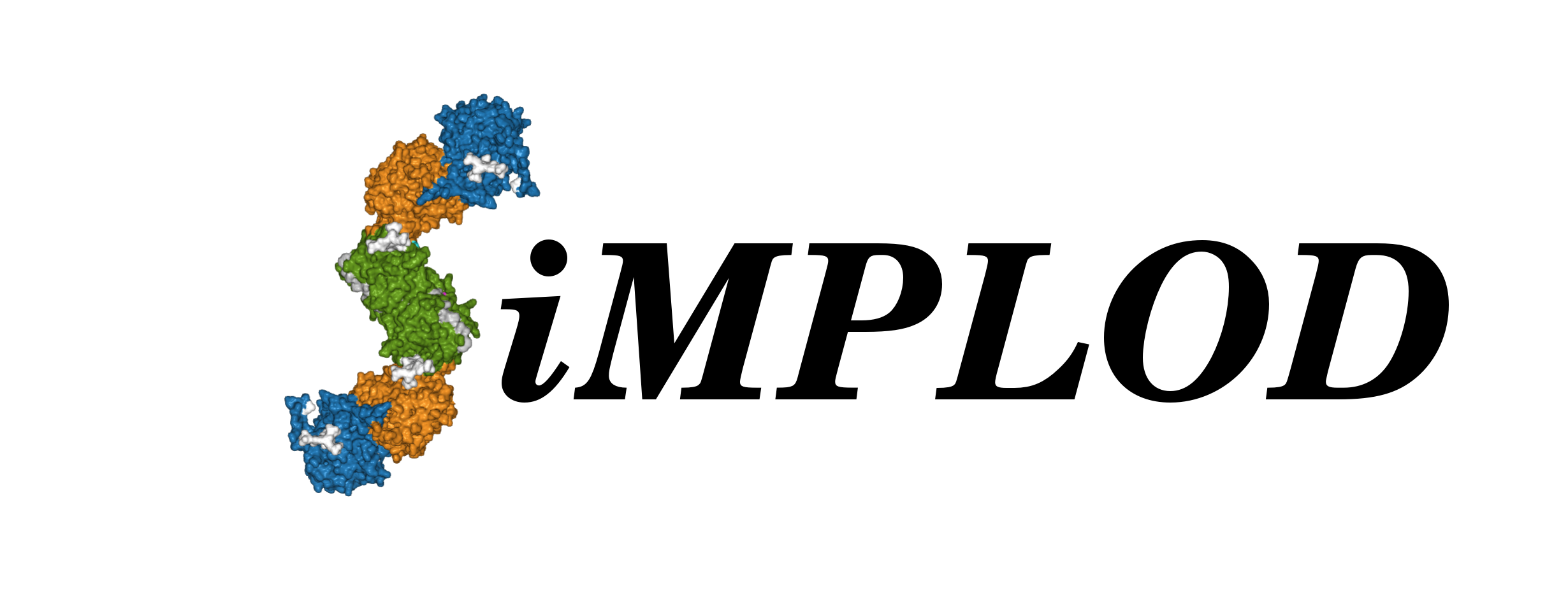 About
Contact
References
Structures
Adv. Search
Stats
Demo
About
Contact
References
Structures
Adv. Search
Stats
Demo
| LH2a SER166END (LH2a) - SER166END (LH2b) | ||
| SiMPLOD ID |
SiMPLOD2-250 | |
| Isoenzyme |
Lysyl Hydroxylase 2a (human) - UniProt - Full Info | |
| Nucleotide mutation |
PLOD2 NM_000935.2:c.497C>G - NCBI RefSeq NCBI SNP: rs201501322 |
|
| Mutation type |
Likely pathogenic | |
| Disease Phenotype |
Moderate Osteogenesis Imperfecta - Bruck Syndrome (Type II) Link1 Link2 | |
| Clinical Databases |
OMIM: 609220 Orphanet: ORPHA:2771 ICD-10: M21.8 MeSH: C537407 | |
| Evidence at protein level |
Warning: this variant incorporates a premature truncation of the aminoacid sequence at residue 166, and may result in misfolding and/or complete absence of the enzyme. This variant is EXTREMELY UNLIKELY to be compatible with a folded LH enzyme. The representation shown in the structure viewer is therefore for mere display purposes and does not refer to an actual predicted existing protein product. |
References |
Leal et al., 2018 - DOI - PubMed | Notes from publications |
Leal et al. described of two sibs with a kyphomelic dysplasia-like phenotype who were stillborn. Both had compound heterozygous variants in PLOD2 (p.Asp585Val and Ser166end). Clinical and familiar features are described. The nonsense variant Ser166End was previously detected in 61/276822 alleles (all heterozygous) in the gnomAD database of which the majority were found in the Finnish population (minor allele frequency of 1/525). This nonsense variant was inherited from the healthy father. The healthy son was a heterozygous carrier of the mutation. |
| Structural Observations |
||
| Last Update |
2021-06-23 08:38:51 | |
|
The three-dimensional visualization is currently based on the homology model of full-length, dimeric human LH2a (generated using the crystal structure of full-length human LH3 as template). You may select a different PDB model file to visualize the mutation(s) using the drop-down menu below (page will refresh): |
||
Thank you for using SiMPLOD - Created by Fornerislab@UniPV Follow @Fornerislab - Last curated update: 1970-01-01 00:00:00
We truly hate messages and disclaimers about cookies and tracking of personal info. But don't worry, we don't use any.